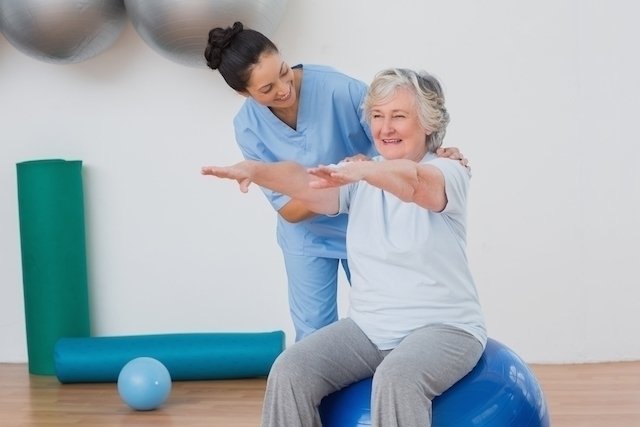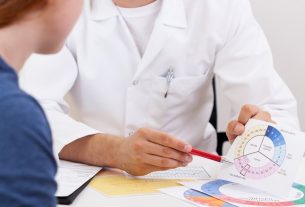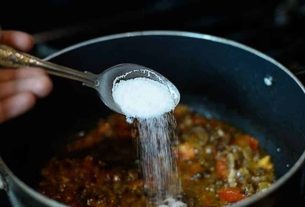Physical activity for the elderly is very important to promote a feeling of well-being, strengthen bones, improve the immune system and strengthen muscles, helping to improve balance and prevent diseases such as osteoporosis, depression and diabetes, for example.
It is important that the exercises are performed regularly, and after approval from the cardiologist and geriatrician, and under the guidance of a physical education professional or physiotherapist. This way, it is possible to obtain all the benefits from the activities.
See, in the following video, more about the importance of physical activity for the elderly:
Benefits of physical activity for the elderly
For seniors to get maximum benefits, it is important that they perform exercises regularly under the guidance of a trained professional and that they have a balanced and healthy diet. The main benefits of physical activity are:
- Prevents and helps combat diseases such as hypertension, strokes, varicose veins, obesity, diabetes, osteoporosis, cancer, anxiety, depression, heart and lung problems;
- Improves muscle strength, reducing the risk of falls and facilitating movements of the arms, legs and trunk;
- Reduces the use of medicines, because it improves the feeling of well-being, reducing pain;
- Increases appetite;
- Strengthens the immune system;
- Improves general physical conditioning;
- Reduces social isolation, because it increases proximity to other people;
- Increases the elderly’s self-esteem, self-confidence and self-acceptance, promoting general well-being.
Furthermore, stretching muscles and joints also improves blood circulation, mobility and physical and emotional well-being.
How to start physical activity
It is generally recommended to start with low-impact activities such as walking, ballroom dancing and water aerobics, always avoiding the risk of muscle injuries and joint overload. Before starting any type of physical activity, the elderly person must be guided by a physical educator or physiotherapist to define an individualized exercise program, as shown below:
- Warm-up period: 10 minutes through light walking, going up and down stairs, swimming, cycling or even everyday activities such as household chores, gardening and dancing;
- Breathing exercises: must be carried out throughout the program, between one exercise and another;
- Stretches: improve the movements of the arms, legs and trunk;
- Exercises to improve balance and coordination: walking on toes and heels, walking forwards, backwards and sideways, overcoming obstacles on the floor;
- Train agility and walk faster;
- Exercises to improve muscle strength: use of dumbbells and shin guards;
- Relaxation: period of return to calm and rest.
It is important to highlight that all physical activity must be adapted to the elderly and should preferably be carried out in groups or pairs, so that it is more motivating, thus avoiding abandonment of the activity. Check out some exercises that can be practiced at home.
Physical activity for seniors with high blood pressure
Physical activity for seniors with high blood pressure helps improve circulation, increases the body’s blood volume, and improves overall physical fitness.
In these cases, activities such as walking and water aerobics are recommended, always under the guidance of a cardiologist and accompanied by a physical activity professional, in order to control any changes in blood pressure values.
Physical activity for elderly people with obesity
In the case of elderly people with obesity, physical activity brings numerous benefits, including reducing body weight, increasing muscles and improving energy and a sense of well-being.
In elderly people experiencing difficulties due to pain in their muscles and joints, walking and exercising in water may be recommended at an early stage. Elderly people without limitations may be recommended activities at the gym such as weight training classes, cycling, walking or even running on the treadmill.
Tai Chi Chuan for seniors
Although it is not a very common option, practicing Tai Chi Chuan brings many benefits to the elderly, because this activity helps to strengthen the muscular system, work on body balance and improve the cognitive part of the brain, due to the concentration required. during the classes.
Furthermore, this practice also helps prevent falls and fractures, combat loneliness, and is very useful for preventing depression common in this age group. Check out other health benefits of tai chi chuan.
There is no contraindication for this practice. Only people who have a heart disease should consult a doctor before starting Tai Chi Chuan.

Sign up for our newsletter and stay up to date with exclusive news
that can transform your routine!
Warning: Undefined array key "title" in /home/storelat/public_html/wp-content/plugins/link-whisper-premium/templates/frontend/related-posts.php on line 12
Warning: Undefined array key "title_tag" in /home/storelat/public_html/wp-content/plugins/link-whisper-premium/templates/frontend/related-posts.php on line 13




